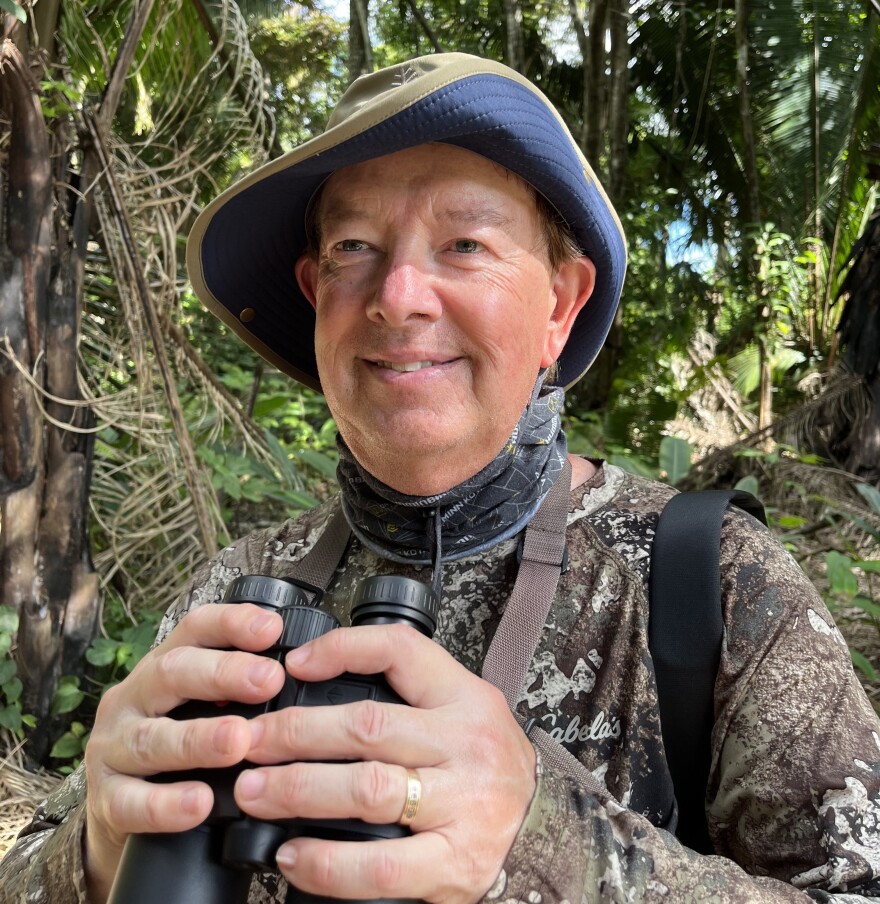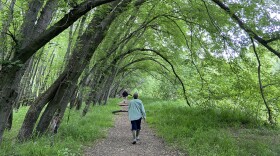There are many ways to be a birder, including simply getting to know your backyard birds.
Some ambitious people undertake a “Big Year,” trying to see as many bird species as possible in a specific geographic area.
If you saw Listers, the YouTube documentary about extreme birding, then you may have seen the name Gino Ellison on a list of one of the top three birders in North America.

In bird watching, a "lister" is a birder who keeps detailed lists of the birds they see, focusing on checking off new species on their lists, which range from a life list, a yearly list, or a list for a specific location.
Ellison was one of the passionate birders trying to record as many bird species as possible in 2023 as part of the American Birding Association (ABA) Big Year. He says he ended up his year with 802 birds sighted.
His specific geographic area was vast, including all of Canada, Hawaii, Alaska, the lower 48 states of the US, and islands off the coast.
Like many birders, his journey started with a “spark” bird: a sandhill crane.
“They're really beautiful birds,” he says. “And I got to observe their courtship display, which is unbelievable, twirling in the air and calling and singing and whooping and all that. It was wild. And that's what got me into this.”
After just a few years of birding, he embarked on the Big Year.
“And then I started studying 858 species migration patterns to determine: where did I have to be, and when, to see as many different birds at once as possible,” Ellison says. “And I became very, very efficient. My goal originally was to get 600 birds.”

Tracking down so many birds involves a lot of flying, driving and walking. “I was on the road for more than six months out of the year, going back and forth to New England,” he says.
Ellison estimates he traveled 78,363 miles just to get to birding locations. “Then, according to eBird, which tracked all of my walking when I was actually birding, I actually walked 3,271 miles.” For comparison, the Appalachian Trail is approximately 2,200 miles.

Ebird is an online citizen science project managed by the Cornell Lab of Ornithology that collects bird observation data submitted by birdwatchers worldwide. Anyone can submit bird checklists, which are used by scientists for research and conservation. It also provides tools for birders to explore data, track their sightings, and learn about birds.

To do the Big Year on the ABA scale takes an investment of energy, time, and resources. Ellison encourages birders to be creative about the challenge, and to tailor it to their own environment.
“You don't have to do the crazy ABA 50 states, Canada, that I did,” he says. “You can do a Big Year in your own backyard. You can do a Big Year in your own town. You can do a Big Year in your favorite birding patch. So if there's a place you love to bird, how many birds can you see from January 1, 2026 through December 31, 2026?”
Having successfully documented 802 birds in 2023, he’s changed his own goals. “I guess there needs to be a different challenge,” he says. Ellison is working with NH Audubon’s Chris Martin surveying bald eagles, peregrine falcons, and ospreys.
“Now I'm realizing how much I really like to slow down and really enjoy the bird and watch the behavior,” he says. “And when bird behavior, or animal behavior, starts to become something that you can predict what's going to happen next, that's when you know you're starting to understand a species.”

Something Wild is a partnership between NH Audubon, the Forest Society, and NHPR.










